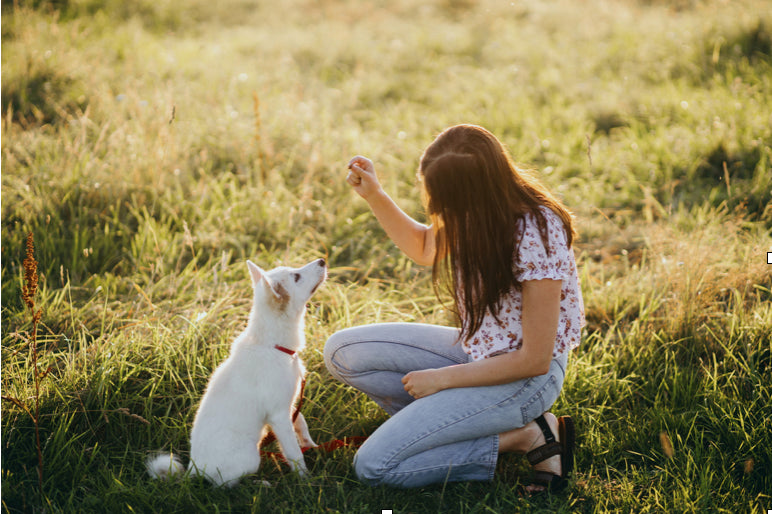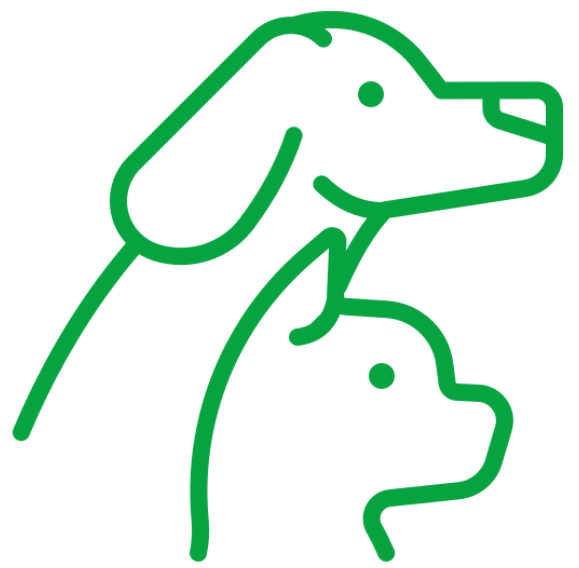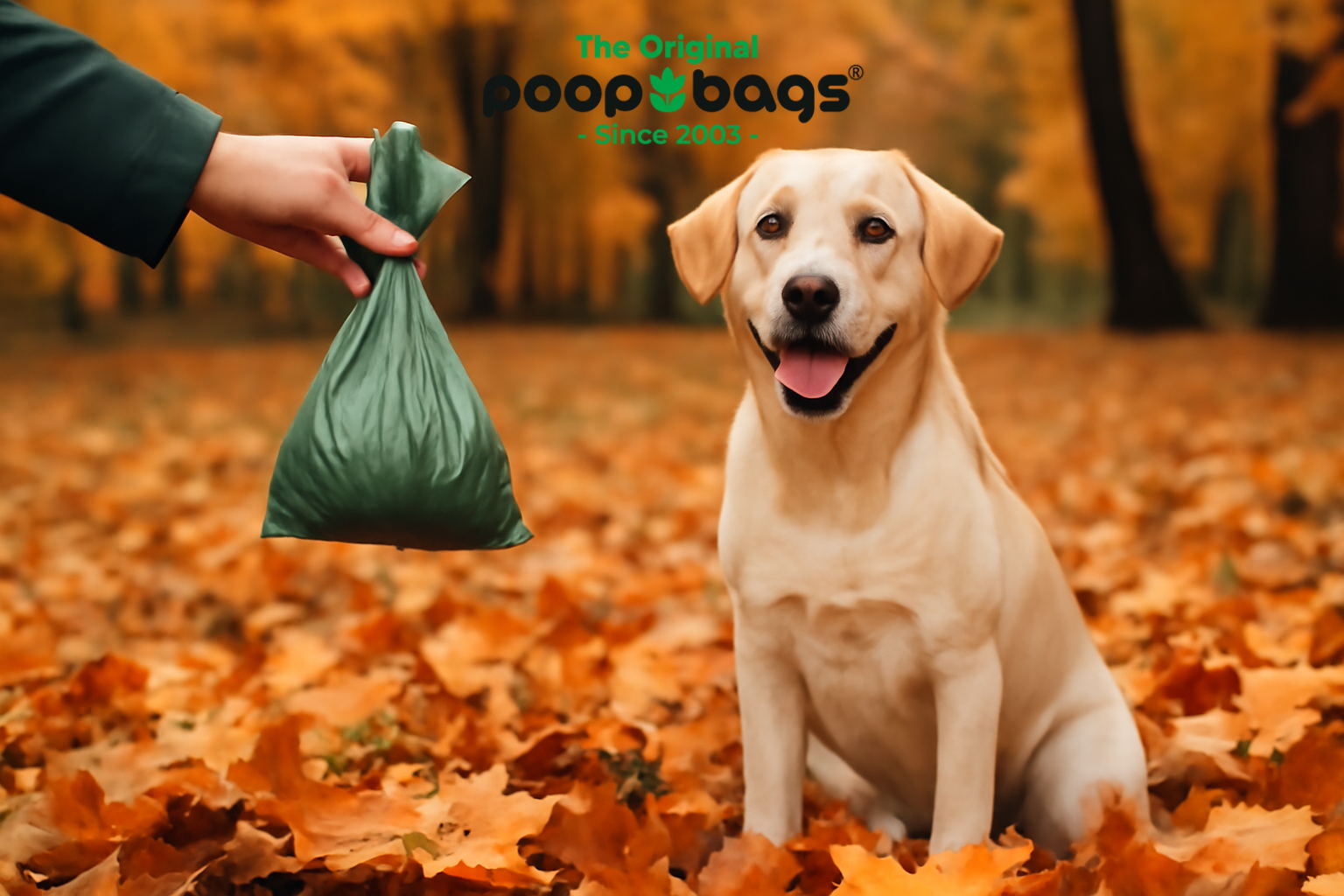It’s happening — you’re finally getting a puppy! You probably can’t wait to do all the fun things with your canine companion: making new friends at the dog park, choosing a functional yet cute dog harness for your pup and going to Starbucks for their first-ever Puppucino. But as your puppy’s adoption day inches closer and closer, you may be stressing about the monumental task ahead of you — namely, raising a happy, well-adjusted puppy.
Acclimating your new furry family member to your lifestyle is bound to come with a few hiccups, especially if you’ve never had a puppy before. To make the journey of puppy parenthood a little easier, here are seven common mistakes to avoid.
Mistake #1: Having too-high expectations
Dogs may be more malleable when they’re young, but that doesn’t mean your new puppy is going to pick up everything you teach them right away. Just like people, dogs learn at different rates, so it’s important to temper your expectations. At some point in your training, you may find that your puppy is making slower progress or even taking a few steps backwards. Try not to let this frustrate you! Be patient with your puppy and remember that good habits take time to form.
Mistake #2: Overlooking the benefits of crate training
First-time dog owners often shudder at the idea of keeping their pet confined in a crate, but when used properly, crates can be an invaluable tool that benefits both you and your puppy. Your puppy’s crate can act as a den, providing them a place to retreat to when they’re stressed or tired. Crates can also come in handy for housetraining, transportation and keeping your pet safely contained when you can’t supervise them carefully.
The key is never using your crate as punishment; otherwise, your dog will come to dislike it. Instead, keep the crate associated with positive things (i.e., high-value treats and chews) and your pup will be happy to get into their crate when need be.
Source: Christine Bird/Shutterstock.com
Mistake #3: Using the wrong harness
When shopping for dog collars and harnesses, avoid items such as prong collars, choke chains, electronic collars and head halters. Not only are these items wildly ineffective at training your dog, but they also significantly increase your dog’s risk of injury.
Instead, stick to the basics and look for items made with premium-quality materials. Opt for a standard leash (less than six feet in length) and collar made from durable, easy-to-wash nylon. And don’t forget to buy a harness! Unpadded harnesses can chafe your dog’s skin and cause painful sores.
If your puppy likes to tug on the leash, consider getting a no-pull dog harness. Unlike the training tools mentioned above, no-pull harnesses aren’t bad for your furry friend and can be an invaluable tool for teaching your puppy how to walk nicely on a leash!
Tip: Since no-pull dog harnesses tend to be bulkier than regular harnesses, make sure your puppy meets the size and weight requirements for optimal comfort and control.
Mistake #4: Leaving your puppy unsupervised with toys and chews
Going back to work after spending a glorious weekend with your puppy can be stressful and—let’s face it—a little heartbreaking. It may be tempting to leave your puppy in their crate with a few toys and treats to ease some of the guilt. However, it's worth noting that these can be a potential choking hazard to your new puppy. Puppies have incredibly sharp teeth which they can (and will) use to chew apart toys, leaving small pieces that can be swallowed.
If you’re worried about your puppy getting upset or bored in their crate, make sure that you work them out both mentally and physically before you leave them alone. That way, they’ll be less likely to get bored in their crate and cause a fuss.
Mistake #5: Underestimating the importance of early socialization
Want to raise a confident and cooperative pup? Make sure you’re exposing them to the world from a young age. Puppies develop rapidly, and many puppy owners are unaware that there is a relatively short window of time where puppies develop the critical social skills they’ll carry into adulthood. According to the experts, the first three months of a puppy’s life are optimal for forming social relationships with dogs and humans. To assist your puppy in social development, try to expose them to stimuli that may not be found in their everyday routine. However, it’s also important to keep in mind that puppies are exposed to certain diseases until they receive their immunizations. To keep your puppy safe, stick to vet-approved activities until they have received all of their vaccinations (generally, by 16 weeks of age).
Mistake #6: Not keeping your puppy’s collar comfy as they grow
Collars play an essential role in your dog’s safety by providing a place to hang identification tags and letting others know that your pup has a family. However, it’s important to check your puppy’s collar regularly to ensure a proper fit. Puppies grow at an astonishing pace and usually don’t stop growing until they reach one year of age. Putting a collar on a growing puppy and forgetting about it could lead to serious problems, such as skin rash, neck damage and asphyxiation (choking).
You may be wondering, “How tight should a dog collar be?” The general consensus is that you should be able to wedge one to two fingers in between your dog’s neck and collar. To ensure your dog’s comfort, consider setting a reminder in your phone to check the fit of their collar.
Mistake #7: Buying cheap puppy food
Buying the cheapest puppy food might save you money in the short-term, but in the long-term, it could cost you thousands in vet bills. Just like people, dogs need adequate food and nutrition to help them stay active and fend off common illnesses, such as diabetes and kidney disease.
When shopping for dog food, be sure to look for the words “complete and balanced.” These words indicate that the food is formulated to meet nutritional standards from the Association of American Feed Control Officials (AAFCO).
The Bottom Line
Mistakes are inevitable with your first dog, but don’t let this stop you from trying to be the best puppy parent you can be. As long as you’re committed, loving and patient, your pup can always relearn things. And by following the tips above, you can take care to avoid the most common dog owner mistakes and get your canine companion’s life started off on the right paw!






